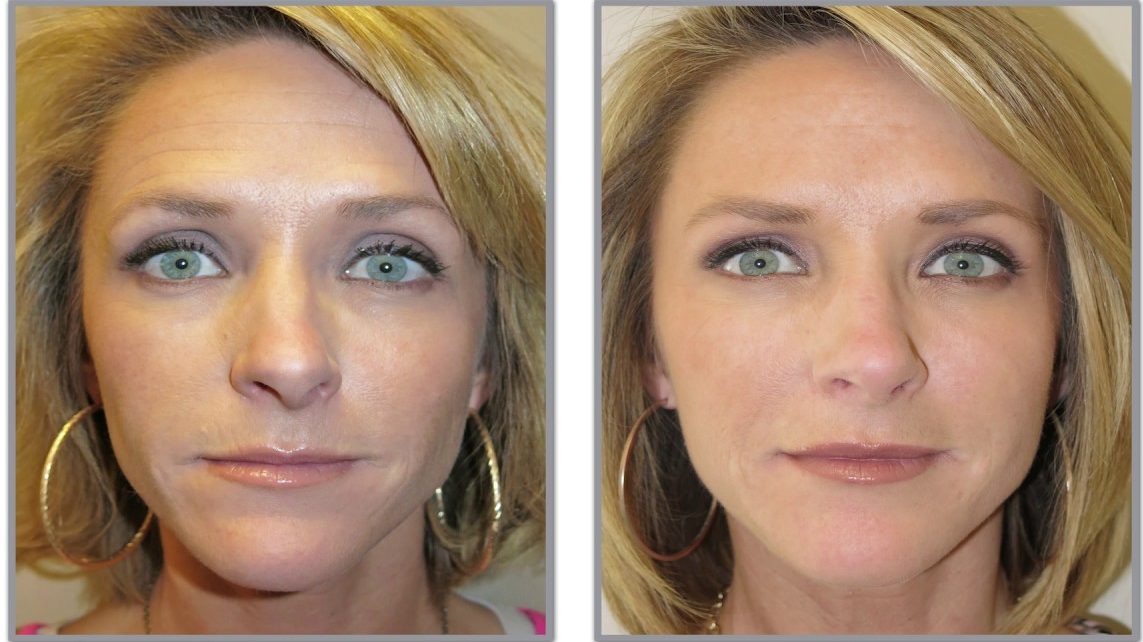
Natural-looking Botox depends more on technique and placement than the amount of product injected. Many believe overuse causes stiffness, but excess isn’t always the main issue. In reality, poor placement in key facial muscles disrupts balance and movement. If one area is frozen while another remains active, expression looks uneven. Trained injectors focus on softening specific lines without paralyzing personality. Their goal is to reduce visible tension while preserving movement. Achieving this balance requires understanding both muscle anatomy and facial behavior in motion. Not all patients need the same dosage or target points. Subtle adjustments based on muscle pull make the most visible difference.
Dynamic wrinkles form from repeated movement, and Botox relaxes the muscles responsible for those movements
Dynamic wrinkles form from repeated movement, and Botox relaxes the muscles responsible for those movements. Over time, smiling, squinting, and frowning leave visible creases in the skin. These are different from static wrinkles, which stay even at rest. Botox is effective only for dynamic lines—it can’t erase volume loss or sagging. The treatment works by preventing full contraction of muscles under the skin. When done correctly, it limits harsh folding without freezing the face. Patients should still be able to express joy, concern, or interest naturally. Properly dosed Botox allows for controlled motion, not motionless features.
A good injector watches how your face moves before deciding where and how much to treat
A good injector watches how your face moves before deciding where and how much to treat. They might ask you to smile, frown, raise eyebrows, or squint during the consultation. These movements reveal dominant muscles and habitual expressions. Some people raise one brow more than the other, or squint more on one side. A skilled professional notices these asymmetries and adjusts their plan accordingly. The goal is not to create new lines or imbalance by treating everyone the same. Customized dosing prevents heavy brows, drooping eyelids, or frozen smiles. Technique matters more than syringe count when subtlety is the goal.
The forehead area is especially prone to an unnatural look if treated without proper balance
The forehead area is especially prone to an unnatural look if treated without proper balance. This region includes both frontalis and glabellar muscles, which work together to raise and furrow the brows. Weakening one without adjusting the other can cause uneven movement or a flat look. Over-treating the frontalis can lead to heavy brows and difficulty lifting eyelids. Some patients then compensate by opening their eyes wider, creating a startled appearance. Preventing this requires balanced, small-dose injections and careful mapping of natural brow lift patterns. Small changes here make a large visual difference.
Patients often ask for ‘preventative Botox’ to slow wrinkle formation before lines become deeply etched
Patients often ask for ‘preventative Botox’ to slow wrinkle formation before lines become deeply etched. This approach targets mild movement before permanent creases set in. Starting early doesn’t mean freezing a young face—it means softening specific actions. The goal is to minimize repetitive folding that would otherwise leave lasting marks. Light dosing every few months maintains a smoother appearance while preserving expression. Many prefer this strategy because it allows long-term control with fewer visible changes. Preventative use requires less product and often leads to more natural outcomes. The earlier it starts, the less aggressive it needs to be.
Natural results depend on facial anatomy, movement habits, skin thickness, and even emotional expression
Natural results depend on facial anatomy, movement habits, skin thickness, and even emotional expression. Some patients have stronger brow muscles or more active smiles. Others have thinner skin where creases show faster. Emotional patterns also affect wrinkle development—people who frown when thinking may develop earlier lines. A tailored plan considers all of these factors, not just appearance at rest. This is why a live consultation is more valuable than photos alone. Watching someone speak reveals which areas work hardest and need the most attention. Each face has a different story written in motion.
The best Botox is the kind that softens harsh lines without erasing character or movement
The best Botox is the kind that softens harsh lines without erasing character or movement. Friends and coworkers should notice you look well-rested—not ask what procedure you had. Results that draw attention often signal overcorrection, not success. Natural-looking results fade gradually and don’t have a sharp “before and after” contrast. A skilled injector works with your features, not against them. They avoid treating areas that don’t need intervention. Minimalism in this context often achieves the most refreshing appearance. The goal isn’t change—it’s gentle support for what’s already there.
Dosage matters less than distribution when the goal is natural expression and symmetry
Dosage matters less than distribution when the goal is natural expression and symmetry. Two people may receive the same units but look completely different afterward. This is because muscle activity varies, and so should injection placement. Injecting evenly doesn’t mean symmetry—it means harmony in how the face moves. Too much in one area can mute the entire expression, while the right distribution allows subtle shifts. Skilled injectors prioritize ratios and angles, not just total volume. Precision leads to control, which leads to believable results.
The effects of Botox wear off gradually, allowing adjustments to be made over time for natural results
The effects of Botox wear off gradually, allowing adjustments to be made over time for natural results. Most people notice results within five days, peaking around two weeks. Movement returns slowly over three to four months, depending on muscle use and metabolism. This gradual fade allows users to reevaluate what worked and what felt too strong. Adjustments can be made in future sessions, tailoring the experience more closely each time. First-time patients often begin with low doses to avoid shock. Building trust in the process creates more refined outcomes. Botox isn’t permanent, and that flexibility is a benefit—not a flaw.
Choosing a qualified provider is the most important step toward achieving a natural Botox outcome
Choosing a qualified provider is the most important step toward achieving a natural Botox outcome. Experience, training, and aesthetic judgment vary widely across practitioners. Medical professionals with deep knowledge of facial anatomy deliver safer and more accurate injections. They also manage complications and educate patients on realistic expectations. Look for someone who listens more than they talks. They should ask about goals, movement, and previous experience—not just suggest a fixed plan. Before-and-after galleries should show subtle improvement, not frozen faces. Results depend more on hands than product. Where and how Botox is placed matters far more than brand name.
